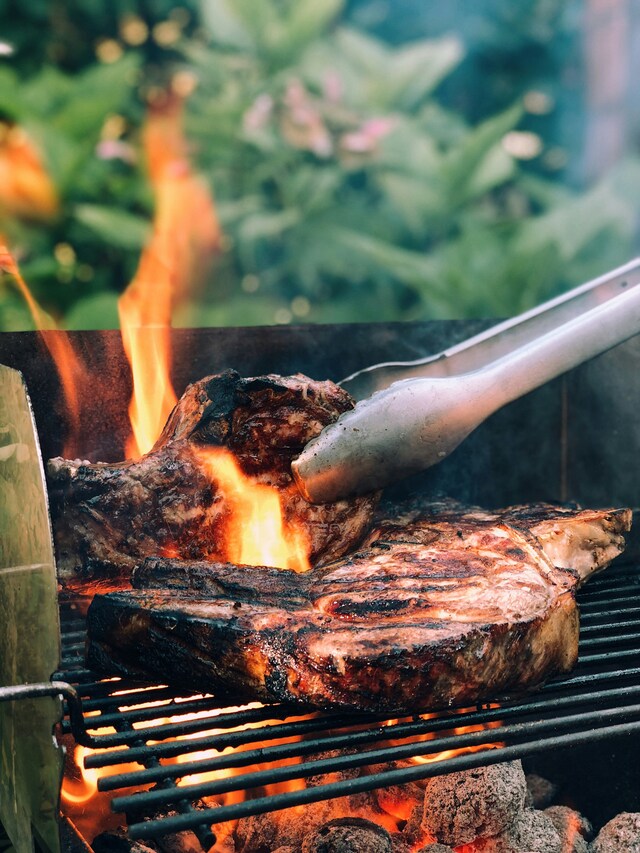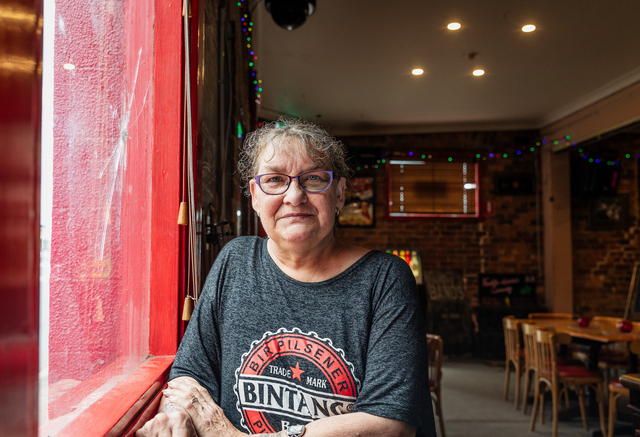The Ferguson Street Level crossing removal has taken home the top honour at the 2023 National Landscape Architecture Awards.
The project won the landscape architecture award in the infrastructure category, two months after winning at the state awards in September.
As part of a new rail trench built to carry trains below Ferguson Street, the Level Crossing Removal Project (LCRP) built a brand-new North Williamstown Station inside the trench and a new station precinct at ground level.
The project included new cycling paths and pedestrian connections, thousands of new trees, plants and shrubs, seating, a table tennis table, bike storage facilities, landscaped open space, and public artwork.
The artwork features Heavy Harry, largest locomotive ever built in Australia, which was manufactured in 1941 at the Newport railway yards, only a short walk away from the Ferguson Street level crossing.
There is a new signalised pedestrian crossing, and secure storage for 40 bikes in a new bike Parkiteer.
A 4 meter wide shared use path has also been installed through the precinct, connecting the station with key areas of Williamstown.
The LCRP said the station and landscape design ensured the station’s early 20th century heritage building was restored so it now sits proudly above the lowered platforms inside the rail trench.
The jury citation for the award praised the engaging local space that helped connect people and enhanced the local character of the area.
“The jury commends the collaborative engagement with the Bunurong Land Council Aboriginal Corporation, which led to the station precinct telling a story of the land – its sheltered green ‘campgrounds’ and gathering places are complemented by inlays and etchings of water journeys and natural resources in the pavement,” it said.
“Its crafted and restrained approach reflects the community’s value of local heritage, as well as the cultural values of the Bunurong.”
More than 40,000 native plants, trees and shrubs have been planted around the station and surrounding areas, including more than 400 mature trees and over 50 different species of plants.







